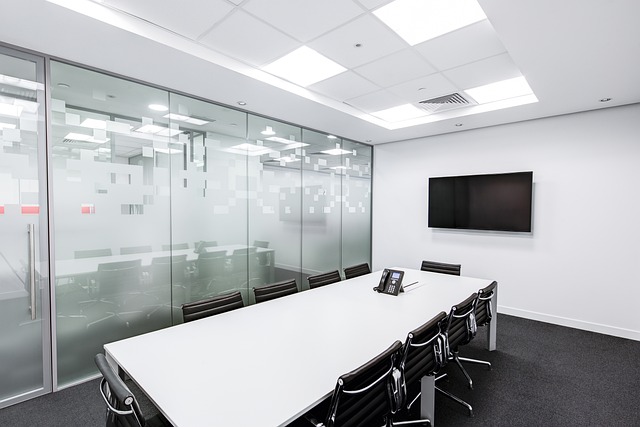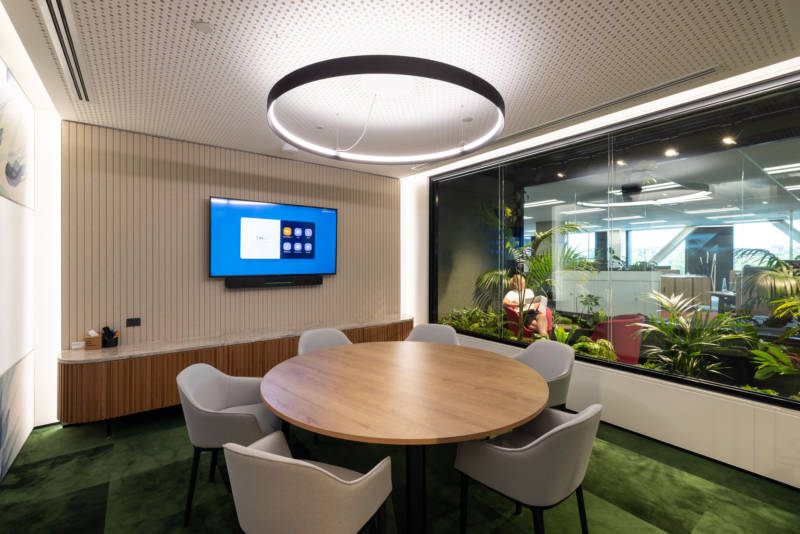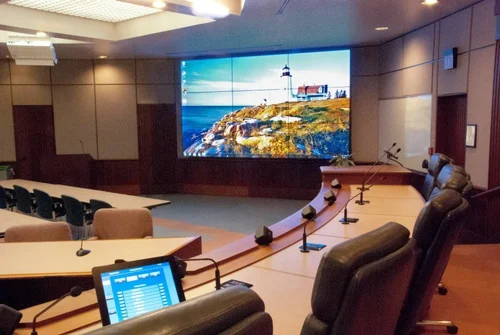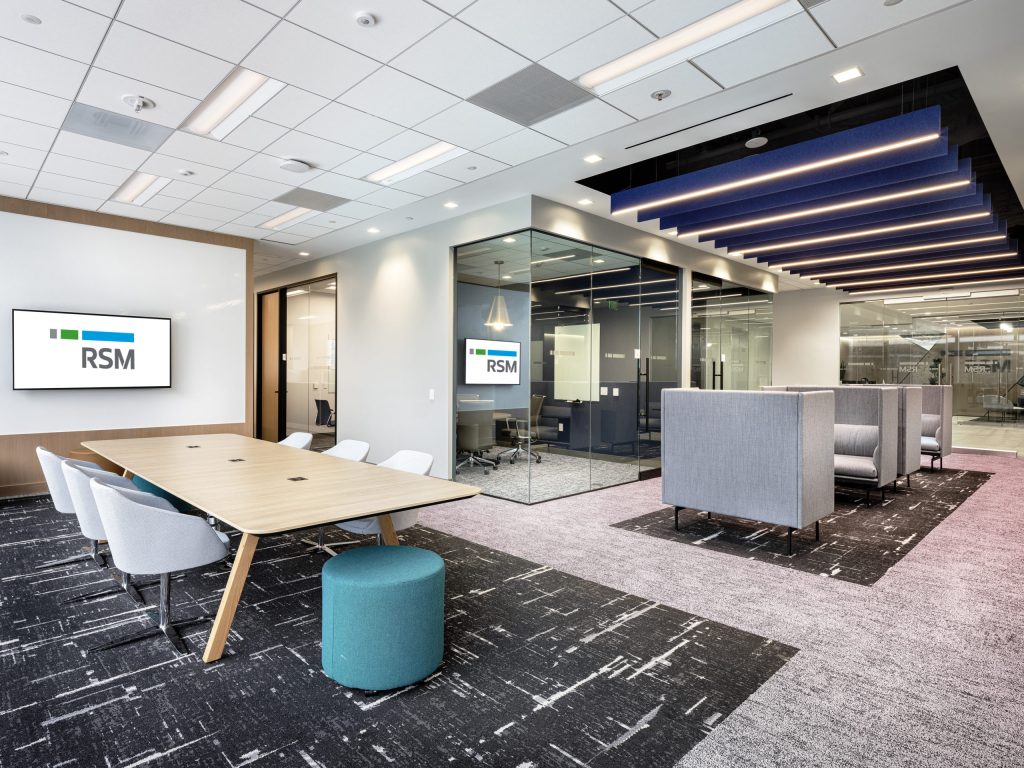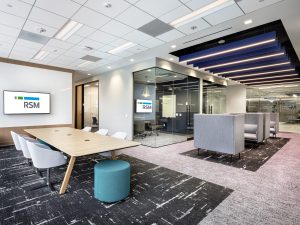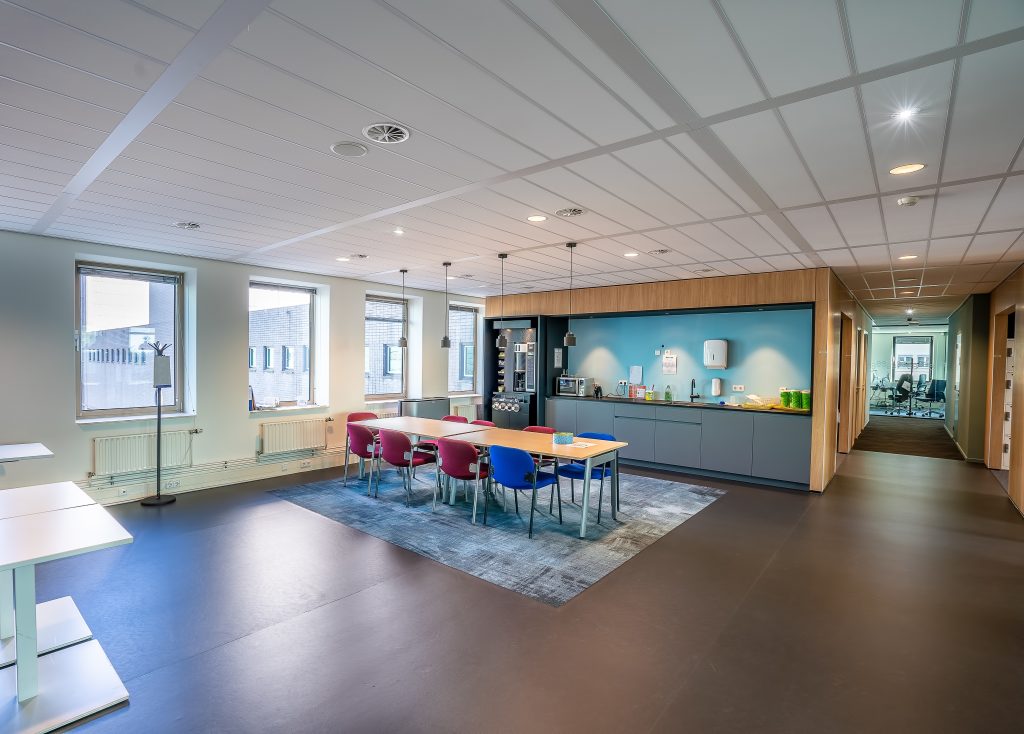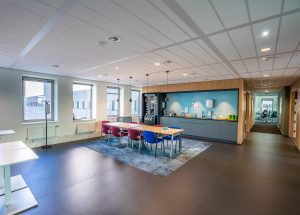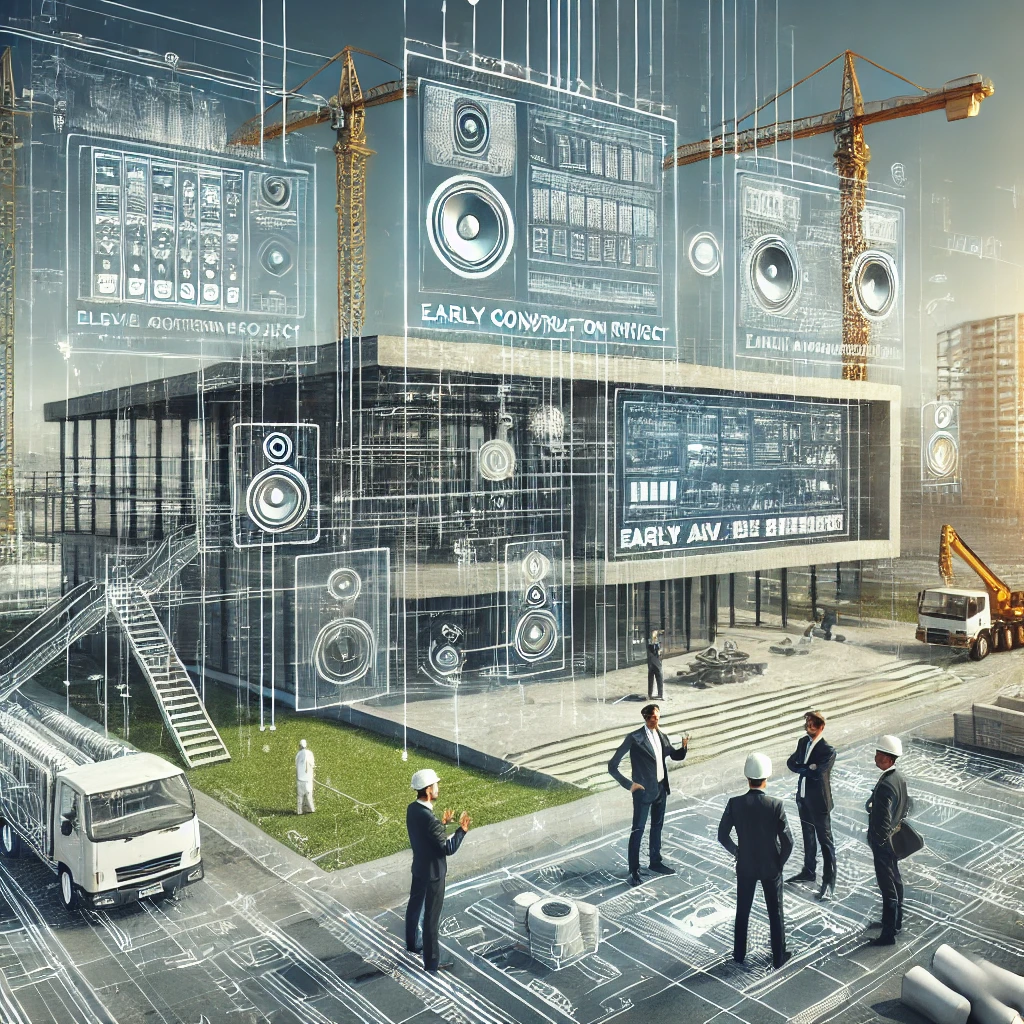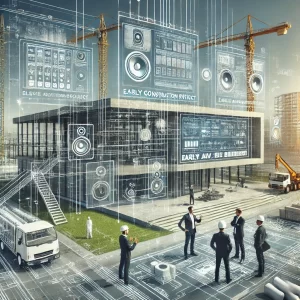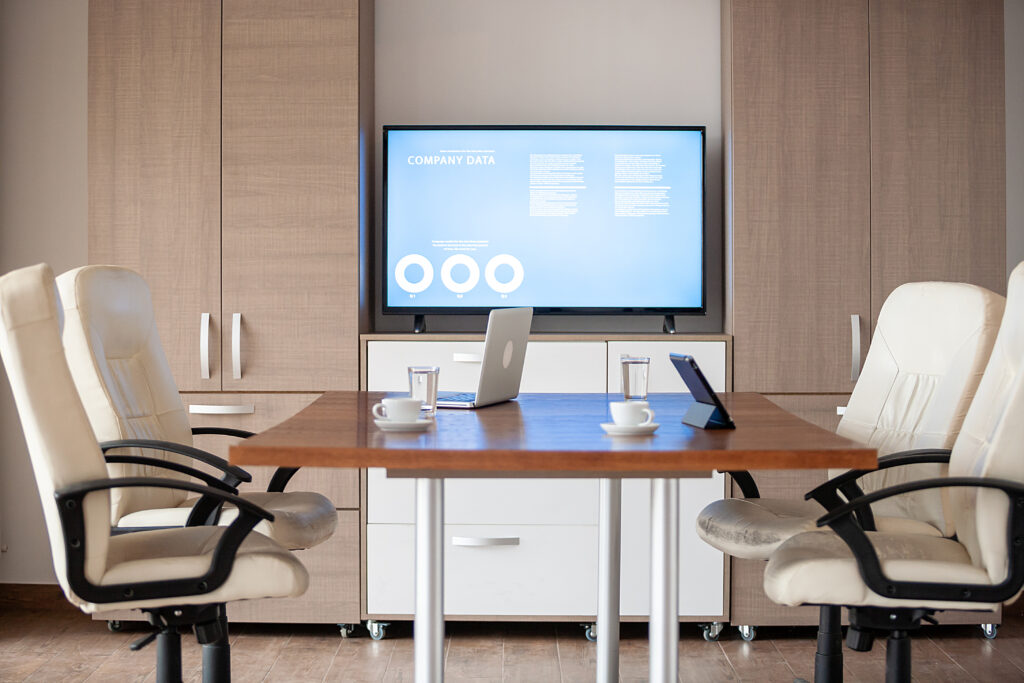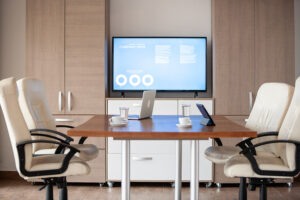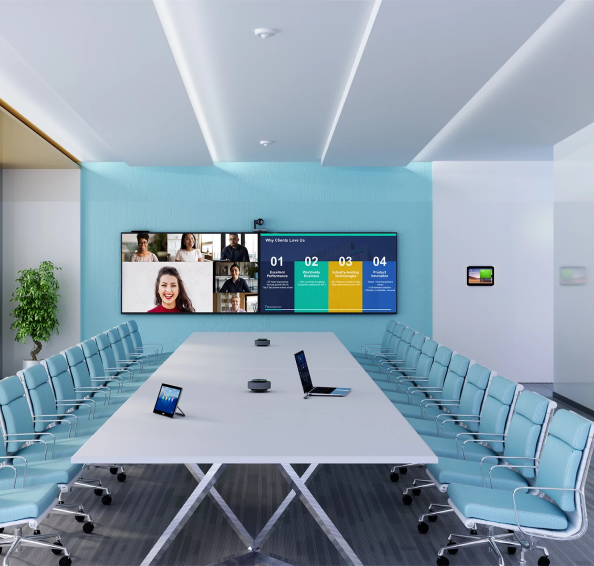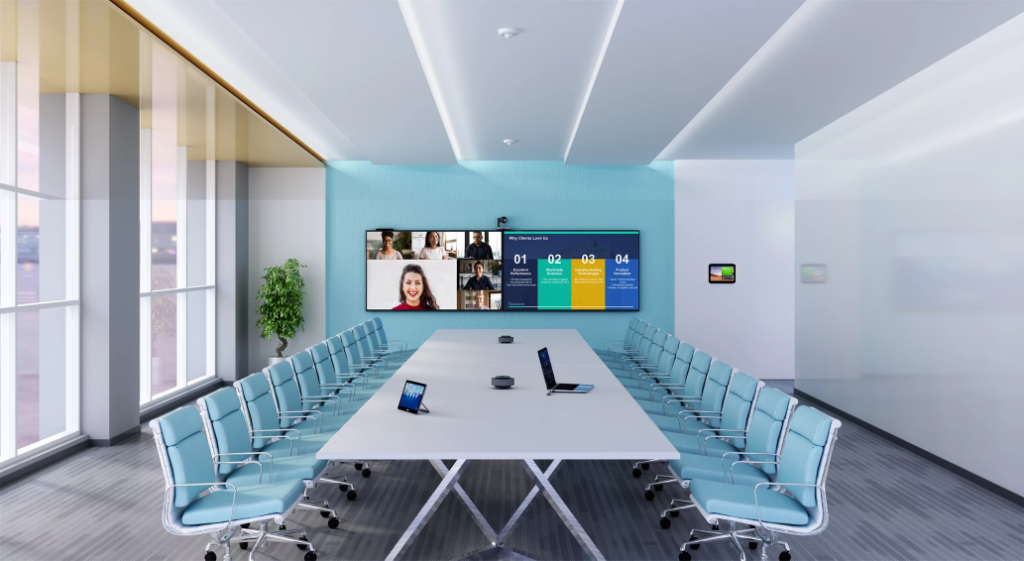Enhancing Meetings with AV Solutions Today
In today’s digital age, meetings have evolved beyond simple face-to-face interactions. They now involve advanced technology to facilitate communication and collaboration. One such technology is av solutions. These tools play a crucial role in enhancing the quality and effectiveness of meetings.
From small huddle rooms to large conference halls, AV solutions are transforming the way we conduct meetings. They provide clear audio, crisp visuals, and seamless connectivity, making meetings more engaging and productive.
But how do you choose the right AV equipment for your needs? And how can you ensure it’s implemented effectively?
This guide will delve into these questions. We’ll explore the importance of AV solutions, discuss the latest trends, and provide actionable advice on selecting and implementing the right AV technology.
Join us as we navigate the world of AV solutions, enhancing meetings today and shaping the future of collaboration.
The Importance of AV Solutions in Today’s Meetings
AV solutions are essential for improving communication during meetings. They enable participants to see and hear content clearly, fostering better understanding and engagement.
These technologies also support remote meetings, which have become increasingly common. They provide the tools necessary to connect with participants wherever they are, maintaining effective collaboration.
Key AV Technologies Transforming Meeting Spaces
Modern meeting spaces rely heavily on advanced visual display technologies. High-definition screens and interactive displays enhance the presentation quality. They engage attendees more effectively and make complex information easier to digest.
Audio enhancement equipment is equally important in transforming meetings. Quality microphones and speakers ensure everyone is heard clearly, which is crucial for comprehension and participation. Enhanced audio solutions reduce misunderstandings and contribute to a seamless meeting experience.
Connectivity and integration are pivotal in today’s AV setups. These technologies simplify the operation of diverse devices and platforms, promoting smooth interactions. Key components include:
- Wireless connectivity options
- Seamless device integration
- Unified communication platforms
These AV technologies improve the overall efficiency and effectiveness of meetings, paving the way for enhanced collaboration.
Trends in Conference Room Audio Visual Solutions
The landscape of AV solutions is constantly evolving. Recent trends focus on enhancing user experience and improving meeting outcomes. These trends emphasize the integration of cutting-edge technologies with existing systems.
Hybrid meetings have seen a surge in popularity. They require advanced AV solutions to facilitate remote participation and maintain engagement for both in-person and virtual attendees. Additionally, the demand for sustainable and energy-efficient AV equipment is rising. Businesses seek to minimize their environmental footprint while maintaining high performance in their conference room setups. These trends reflect a shift towards more flexible and future-ready meeting environments.
Selecting the Right AV Equipment for Your Meeting Space
Choosing the right AV equipment is crucial for effective meetings. Several factors play a role in selecting the best solutions. Consider room size, lighting conditions, and the specific needs of your team. A well-matched AV setup will significantly improve meeting quality and engagement.
When deciding on AV equipment, focus on the basics. High-quality displays, reliable speakers, and microphones form the core of your setup. Don’t overlook the importance of compatibility with existing IT infrastructure. This ensures seamless integration and operation across all platforms.
Here’s a quick list of recommendations to guide your selection:
- Displays: Choose screens based on room size and lighting.
- Audio: Opt for speakers and microphones that offer clear sound quality.
- Connectivity: Ensure support for HDMI, USB-C, and wireless options.
- Interactivity: Consider interactive displays for collaborative sessions.
- Flexibility: Look for modular solutions that can adapt to future requirements.
Select equipment tailored to your specific needs. Prioritize quality and compatibility to maximize the functionality and impact of your AV setup. Investing in the right AV solutions can elevate the meeting experience and drive better results.
Implementing User-Friendly AV Solutions
User-friendly AV solutions ensure that all participants can engage without technical difficulties. Ease of use is paramount for successful meetings. Select systems with intuitive interfaces and straightforward controls to enhance user experience. Simplicity prevents disruptions and streamlines meeting flow.
Ensure staff are well-trained on the new systems. Training minimizes user errors and maximizes the benefits of your AV investment. Encourage team members to explore the AV features prior to important meetings. A well-prepared team will confidently navigate the AV setup, contributing to more productive and efficient sessions.
The Role of Professional AV Installation and Maintenance
Professional installation ensures that your AV system is set up for optimal performance. Experts can tailor the setup to fit your specific room requirements and needs. An expertly installed system minimizes technical issues during crucial meetings.
Regular maintenance is vital for keeping your AV equipment in peak condition. Scheduled check-ups prevent unexpected breakdowns and prolong the life of your equipment. Maintenance ensures that updates and upgrades are applied, keeping your system current with the latest technology trends. Investing in professional services guarantees reliable performance and continuity of operations.
Enhancing Remote Participation with AV Solutions
Remote participation in meetings is more essential than ever. AV solutions bridge the gap between in-person and remote attendees, ensuring everyone’s involvement. They facilitate seamless communication, fostering a collaborative environment despite physical distances.
High-quality video conferencing systems are pivotal for this integration. These tools enable clear video feeds and crisp audio, essential for engaging dialogue. Features like screen sharing, interactive whiteboards, and real-time chat further enhance remote collaboration. Effective AV solutions transform virtual attendance into an immersive experience, ensuring remote participants feel just as involved as those in the room.
Future-Proofing Your AV Solutions: Emerging Technologies to Watch
Keeping up with emerging AV technologies is crucial for future-proofing your meeting spaces. Innovations like augmented reality (AR) and virtual reality (VR) are transforming how we interact in meetings. These technologies can offer immersive experiences, enhancing presentations and collaboration.
Additionally, AI and machine learning are playing bigger roles in AV solutions. These technologies can optimize audio-visual settings automatically, providing seamless operations without user intervention. As AV equipment integrates with cloud-based platforms, scalability and flexibility are enhanced. Staying updated on these developments helps ensure your AV solutions remain effective and relevant, adapting to future needs.
Conclusion: Maximizing Meeting Potential with AV Technology
Embracing modern AV solutions transforms meetings into productive and engaging experiences. By investing in the right AV technology, businesses can enhance communication and collaboration. As technology evolves, continuous adaptation ensures meeting spaces are not just functional but also future-ready, maximizing their potential and impact.
Next Steps:
Find out how our expert AV Programming can increase your business’s operational efficiency and profitability.
Email us at team@zapperrav.com or call us at +64 21701435 today.
Follow our blog for industry trends and the latest updates.
Engage with us on LinkedIn
